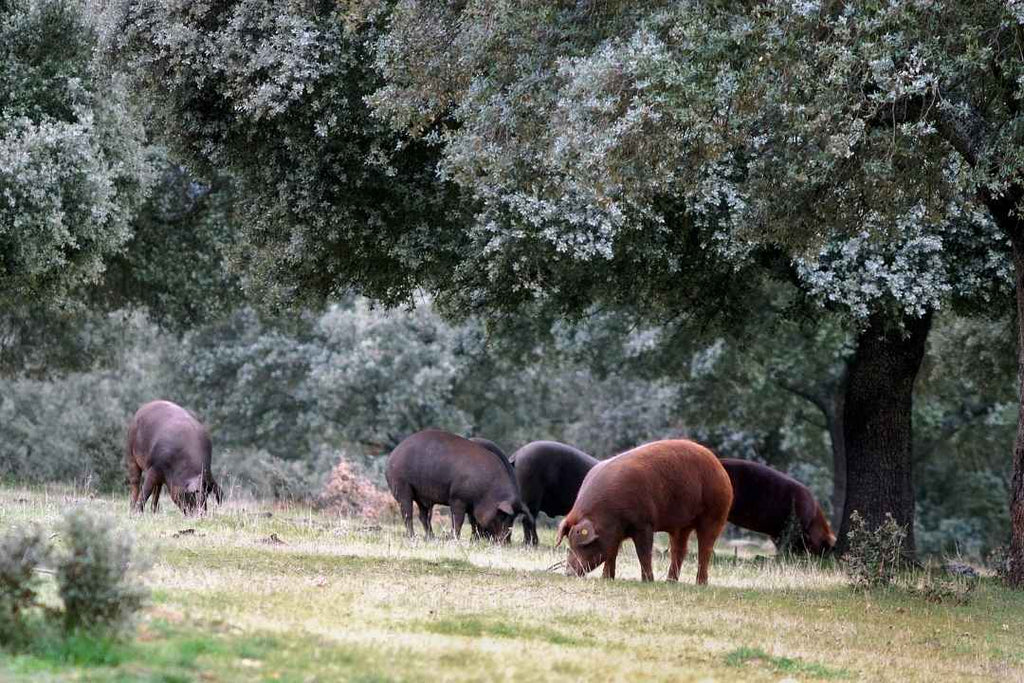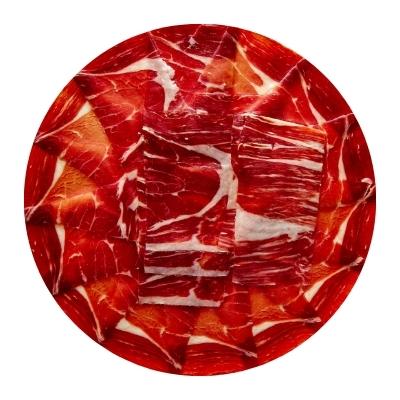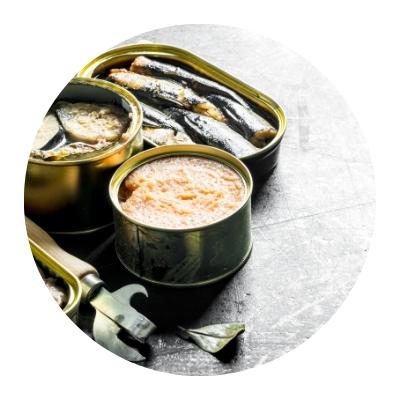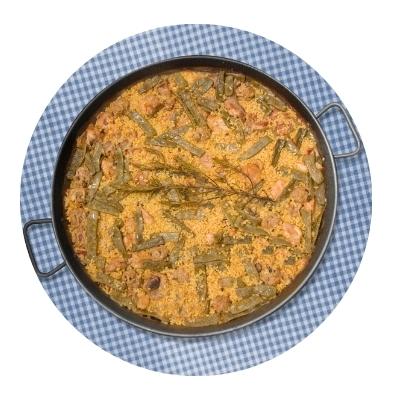The 'montanera': indispensable process for Iberian ham

If you are a lover of this Spanish product, you are probably interested in knowing a little more about the special process that the Iberian pig follows in the pastures of the Iberian Peninsula. Read on to find out what the "montanera" is and how it affects the quality of Iberian ham.
What is the montanera?
The montanera is the period in which the Iberian pigs are free in the dehesa, feeding on pasture, grasses and, above all, acorns. During the "montanera" the Iberian pigs fatten until they reach the right weight. The "montanera" is very important for the final quality of the product, since the pigs are free to walk long distances every day in search of food (up to 10 kilometers). These long walks help the fat to infiltrate the muscle tissue, which is why Iberian ham has a large amount of oleic acid, resulting in a food that is very beneficial for cardiovascular health.
How long does the "montanera" last?
The montanera is the final phase of Iberian pig breeding and takes place during the autumn and winter. Generally, the "montanera" lasts from the end of October until March of the following year. The montanera is carried out at this time of the year because it is the period of optimal maturation of the acorns.
The dehesa and acorns
The dehesa has a great variety of plants, trees and shrubs, among which are holm oaks, gall oaks and cork oaks. These three trees are the ones that produce the acorns that Iberian pigs feed on. The pigs are able to differentiate one acorn from another with their sense of smell, detecting, for example, the acorns from the gall oak, which are sweeter and are their favorite. As a curiosity, Iberian pigs do not eat the acorns whole, but peel them and discard the shell.
On the other hand, in the pasture, the Iberian pig will also find a large amount of aromatic herbs, bushes, mushrooms and different roots that will complement its diet.
The climate also affects the "montanera
Climate is one of the most important factors in whether or not an "montanera" is classified as good or not. For example, dry years cause the production of acorns to be lower or late winter frosts can cause the flowering to be affected and therefore not achieve the amount of acorns necessary for the optimal breeding of the Iberian pig. In this way, the vintage also influences the quality of Iberian ham, just as it does with the production of the best wines.
SHARE:





